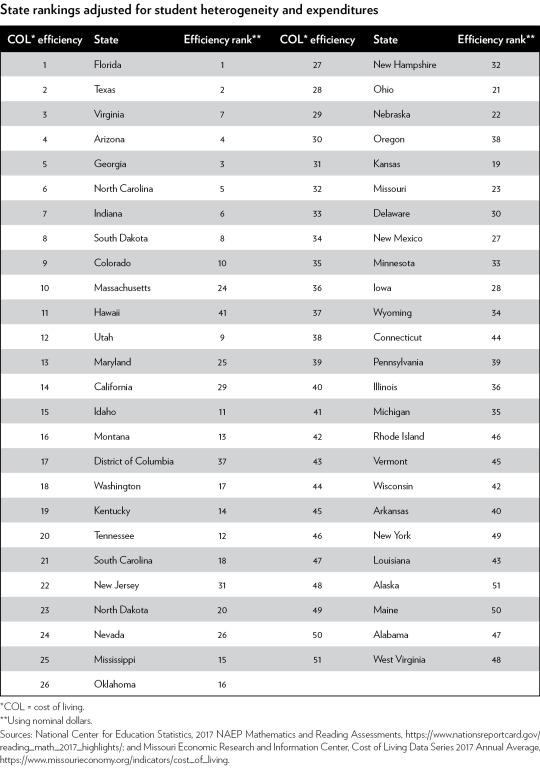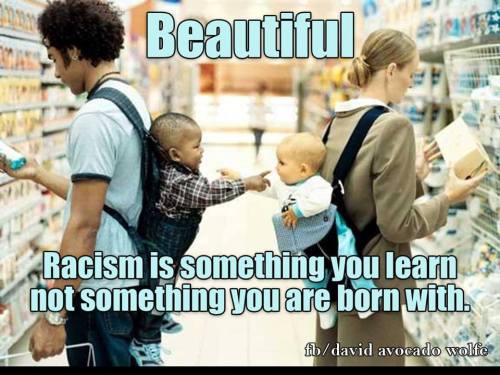#liberty

Amazon has chosen New York City and Arlington, Virginia, for new corporate headquarters after the cities ponied up more than $2 billion in subsidies to the retail giant.
Workers in the two cities will be winners as labor demand gets boosted, but business subsidies make losers of taxpayers, other businesses and good governance.
Ten Harmful Consequences of Handouts for Amazon
- Fairness. Subsidies give Amazon an unfair edge other tech firms in New York City and Northern Virginia.
- Alternatives.New York and Virginia would have generated more durable growth by cutting business taxes across the board by $2 billion. That would have boosted investment by many businesses, and thus created more balanced prosperity.
- Diversity. Industry clusters such as Silicon Valley are successful not because they have big companies, but because they have a start-up culture that nurtures growth companies with venture capital. Rather than favoring big companies, state and local politicians would better spur growth by reducing tax and regulatory barriers to spawn a diversity of new companies.
- Corruption. Allowing politicians to hand-out business subsidies at their discretion generates corruption because the hand-outs get swapped for campaign cash and outright bribes.
- Bureaucracy. Amazon-style subsidy deals are jobs programs for accountants and lawyers.
- Lobbyists. The high-profile Amazon win will inspire more companies to shake down politicians for subsidies.
- Dependency.Just as welfare undermines individual productivity, corporate welfare undermines business productivity.
- Bad Decisions. Subsidies induce companies to make bad decisions that backfire.
- Politics. High-profile subsidy deals are politically risky.
- Priorities. State and local governments face serious problems that may sink their economies in coming years such as large unfunded pension costs. They should fix those problems rather than trying to micromanage the economy.
Rather than subsidizing big businesses, the states should aim to create a diverse business ecosystem — an Amazon, if you will — by cutting taxes and regulations for all types of investment. If states adopt low tax rates and repeal unneeded regulations on zoning, licensing, and other activities, growth will take care of itself.

Twitter recently re-activated conservative commentator Jesse Kelly’s account after telling him that he was permanently banned from the platform.
While some might be infuriated with what happened to Kelly’s Twitter account, we should be wary of calls for government regulation of social media and related investigations in the name of free speech or the First Amendment.
Companies such as Twitter and Facebook will sometimes make content moderation decisions that seem hypocritical, inconsistent, and confusing. But private failure is better than government failure, not least because unlike government agencies, Twitter has to worry about competition and profits.
“Refugees have killed fewer Americans than duck face! This isn’t just cherrypicked liberal, snowflake data. According to the Cato Institute, a libertarian think tank, the chances of you being killed by a refugee terrorist are one in three point six BILLION. It’s not gonna happen.“ — Hasan Minhaj
The chance of an American being murdered in a terrorist attack caused by a refugee is 1 in 3.64 billion per year while the chance of being murdered in an attack committed by an illegal immigrant is an astronomical 1 in 10.9 billion per year.
We have so much to be grateful for…

This Thanksgiving, it is worth remembering that, beyond the headlines, things are actually pretty darn good. There is more than enough to be thankful for.
Contemporary Americans live longer, healthier, richer and safer lives than at any other period in history.In fact, an ordinary person today lives better than most kings of yesteryear.
Of the original 102 Pilgrims who arrived in North America aboard the Mayflower in the fall of 1620, only about half survived to celebrate the first Thanksgiving, in November 1621. The rest perished through starvation and lack of shelter. The survivors gave thanks for a plentiful harvest. And good local harvests were vital, for in a world without global commodity markets or effective transport and communications, food shortages often meant starvation.
Today, most Americans are concerned with eating too much rather than too little. In fact, the inflation-adjusted cost of a Thanksgiving dinner has declined for three years in a row and Thanksgiving dinner is now the most affordable that it has been in more than a decade — 26% cheaper to prepare than it was in 1986.
More often than not, we tend to overlook our truly spectacular rise from grinding poverty to previously unimaginable abundance. And so, during this Thanksgiving holiday, let us give thanks for accountable government, market economy and scientific progress that make a king out of each of us.

Traditional education rankings rankings fail to provide “apples to apples" comparisons among states. By treating states as though they had identical students, they ignore the substantial variation present in student populations across states. Conventional rankings also include inappropriate or irrelevant data to the educational performance of schools, such as raw spending per pupil, graduation rates, and pre-K enrollment.
To better measure educational outcomes, Stan J. Liebowitz, Cato adjunct scholar and Ashbel Smith Professor of Economics at the University of Texas at Dallas (UTD) with Matthew L. Kelly, a graduate student at UTD, compare state test scores for each of three subjects (math, reading, and science), four major ethnic groups (whites, blacks, Hispanics, and Asian/Pacific Islanders) and two grades (fourth and eighth), for a total of 24 potential observations in each state and the District of Columbia. They give each of the 24 tests equal weight and base their ranking on the average of the test scores.
After adjusting for the heterogeneity of students, states in New England and the Upper Midwest who typically perform favorably fall in the rankings, whereas many states in the South and Southwest score much higher than they do in conventional reports.
The authors also produce rankings that, unlike most conventional reports, consider states’ cost-effectiveness of education spending. Florida, Texas, and Virginia are the most efficient in terms of quality achieved per cost of living-adjusted dollar spent. Conversely, West Virginia, Alabama, and Maine are the least efficient. Some states, such as Massachusetts and New Jersey, do an excellent job educating students but also spend quite lavishly and thus fall considerably when spending efficiency is considered.

While the authors observe a positive relationship between spending and achievement using nominal dollars, it disappears when state-level cost of living adjustments are made. This does not necessarily imply that spending overall has no effect on outcome, but merely that most states have reached a sufficient level of spending such that additional spending does not appear to be related to achievement as measured by these test scores.
The authors also briefly examine additional factors that affect student performance. They find states with stronger unions tend to get worse academic outcomes. Unions are negatively related to student performance, presumably through opposing the removal of underperforming teachers, opposing merit-based pay, or because of union work rules. Additionally, the authors’ results indicate that having a greater share of students in charter schools is positively related to student achievement.
Although this study constitutes a significant improvement on leading state education rankings, it retains some limitations. There exists substantial variation in education quality within states and disagreement about desired educational outcomes. However, state-level rankings do provide an intuitively pleasing basis for lawmakers and interested citizens to compare state education policies. The authors’ main goal is to provide rankings that more accurately reflect the learning that is taking place by focusing only on academic achievement and disaggregating scores, rather than scoring inputs and state-wide test scores.
Portrait of President Jorge Sampaio (1939–2021) — Paula Rego, 2005 (Museum of the Presidency of the Republic)
Post link
Yesterday, the House passed H.R.7 - a bill that would deny abortion coverage to millions of women. Don’t let anti-choice politicians trick you into thinking that this bill is “harmless.” It’s anything but.
Post link
Buy it now: Jean Cocteau’s fashion plates
I spotted these Jean Cocteau gems at the Liberty Christmas in July press preview. A cluster of matte pastel plates by Raynaud Limoges, this French-made porcelain line got lots of attention on my Instagram Stories.
I later found that they’re already on the Liberty shop floor, with plates adorned by Jean Cocteau’s signature line drawingsaccompanied by bowls, platters and trinket trays. They’re not…
Rotonda sul Mare. Senigallia (AN), Italy. Arch.: Enrico Cardelli. Construction: 1932-33. Inauguration: Juli 18th 1933. Photo: © Wolfram Mikuteit
Post link
Liberty Aesthetic dress, 1906
From the Irma G. Bowen Historic Clothing Collection at the University of New Hampshire
Post link














